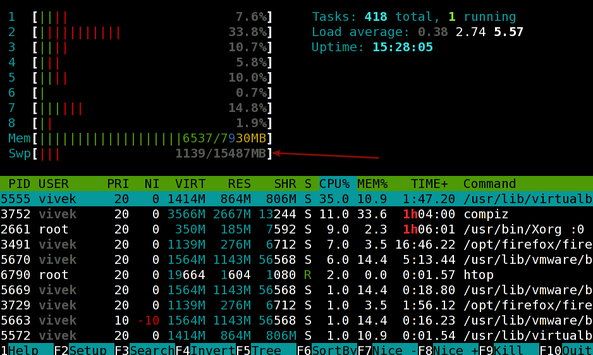Interviewing people for our Job Openings I like to ask them a basic question – if you have a server with 16GB of
RAM which will be dedicated for MySQL with large Innodb database using
typical Web workload what settings you would adjust and interestingly
enough most people fail to come up with anything reasonable. So I
decided to publish the answer I would like to hear extending it with
basics of Hardware OS And Application optimization.
I call this
Innodb Performance Optimization Basics
so these are general guidelines which work well for wide range of
applications, though the optimal settings of course depend on the
workload.
Hardware
If you have large Innodb database size Memory is paramount. 16G-32G is
the cost efficient value these days. From CPU standpoint 2*Dual Core
CPUs seems to do very well, while with even just two Quad Core CPUs
scalability issues can be observed on many workloads. Though this
depends on the application a lot. The third is IO Subsystem – directly
attached storage with plenty of spindles and RAID with battery backed up
cache is a good bet. Typically you can get 6-8 hard drives in the
standard case and often it is enough, while sometimes you may need more.
Also note new 2.5″ SAS hard drives. They are tiny but often faster than
bigger ones. RAID10 works well for data storage and for read-mostly
cases when you still would like some redundancy RAID5 can work pretty
well as well but beware of random writes to RAID5.
Operating System
First – run 64bit operating system. We still see people running 32bit
Linux on 64bit capable boxes with plenty of memory. Do not do this. If
using Linux setup LVM for database directory to get more efficient
backup. EXT3 file system works OK in most cases, though if you’re
running in particular roadblocks with it try XFS. You can use noatime
and nodiratime options if you’re using innodb_file_per_table and a lot
of tables though benefit of these is minor. Also make sure you wrestle
OS so it would not swap out MySQL out of memory.
MySQL Innodb Settings
The most important ones are:
innodb_buffer_pool_size 70-80% of memory is a safe bet. I set it to 12G on 16GB box.
UPDATE: If you’re looking for more details, check out detailed guide on
tuning innodb buffer pool
innodb_log_file_size
– This depends on your recovery speed needs but 256M seems to be a good
balance between reasonable recovery time and good performance
innodb_log_buffer_size=4M 4M is good for most cases unless you’re piping large blobs to Innodb in this case increase it a bit.
innodb_flush_log_at_trx_commit=2
If you’re not concern about ACID and can loose transactions for last
second or two in case of full OS crash than set this value. It can
dramatic effect especially on a lot of short write transactions.
innodb_thread_concurrency=8
Even with current Innodb Scalability Fixes having limited concurrency
helps. The actual number may be higher or lower depending on your
application and default which is 8 is decent start
innodb_flush_method=O_DIRECT
Avoid double buffering and reduce swap pressure, in most cases this
setting improves performance. Though be careful if you do not have
battery backed up RAID cache as when write IO may suffer.
innodb_file_per_table
– If you do not have too many tables use this option, so you will not
have uncontrolled innodb main tablespace growth which you can’t reclaim.
This option was added in MySQL 4.1 and now stable enough to use.
Also check if your application can run in READ-COMMITED isolation mode – if it does – set it to be default as
transaction-isolation=READ-COMMITTED.
This option has some performance benefits, especially in locking in 5.0
and even more to come with MySQL 5.1 and row level replication.
There are bunch of other options you may want to tune but lets focus only on Innodb ones today.
You can check about
tuning other options here or read one of our
MySQL Presentations.
Application tuning for Innodb
Especially when coming from MyISAM background there would be some
changes you would like to do with your application. First make sure
you’re using transactions when doing updates, both for sake of
consistency and to get better performance. Next if your application has
any writes be prepared to handle deadlocks which may happen. Third you
would like to review your table structure and see how you can get
advantage of Innodb properties – clustering by primary key, having
primary key in all indexes (so keep primary key short), fast lookups by
primary keys (try to use it in joins), large unpacked indexes (try to be
easy on indexes).
With these basic innodb performance tunings you
will be better of when majority of Innodb users which take MySQL with
defaults run it on hardware without battery backed up cache with no OS
changes and have no changes done to application which was written
keeping MyISAM tables in mind.
